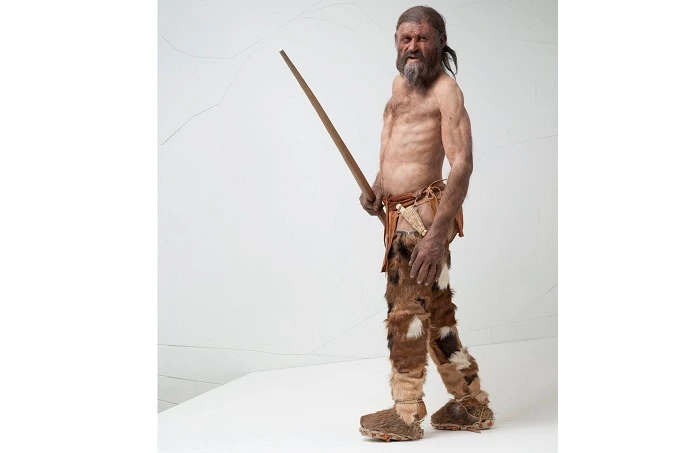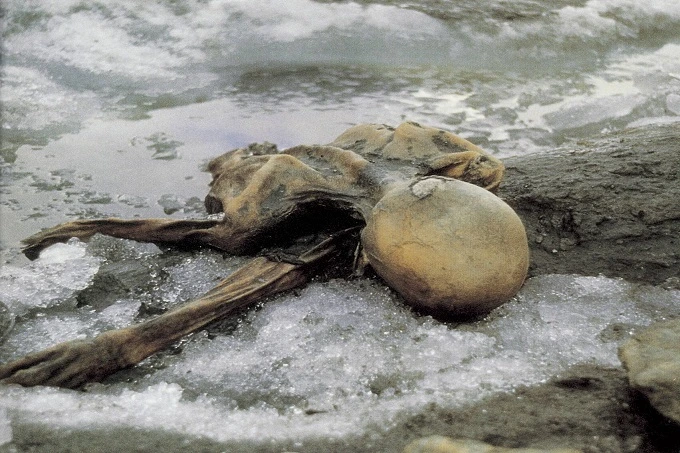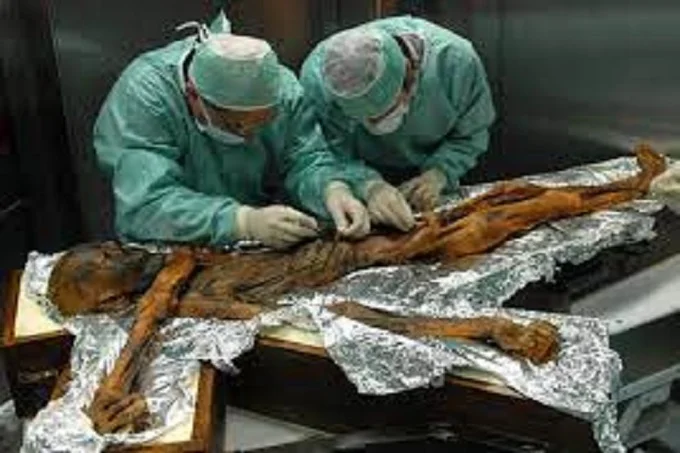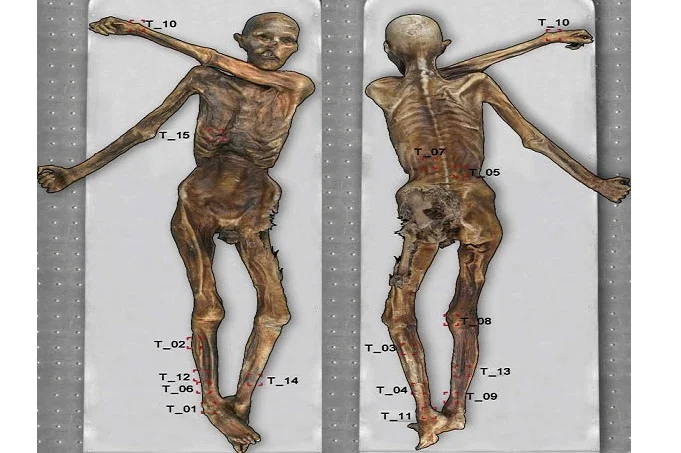Ötzi the Iceman

If you like hiking in the mountains, there isn’t much better than hiking across the Alps along the border between Italy and Austria, can you? While hiking in the region on September 19, 1991, German hikers Erika Simon and Helmut were probably thinking the same thing. They were on the verge of making one of the most remarkable scientific discoveries in recent memory, yet they were completely unaware of it.
Discovery of Ötzi

As they were walking along the edge of a melting glacier, they noticed something brown off the track and turned around. Instead of a fallen tree, a large rock, or an animal body, they discovered a human corpse, which was encased mainly in ice and covered in snow.
At first, they believed it was the victim of a recent accident – a climber who had been stuck in the ice. However, it was discovered that the body had been mummified and had been preserved for more than 5000 years and that the body had been removed and studied.

Since then, this astounding discovery has been the subject of hundreds of scientific investigations. As a result, it has been given many different names, including Iceman, Ötzi (after the area in the Alps where it was discovered), Similaun Man (after the name of the mountain on which it was discovered), Tyrolean Iceman (after the region of Italy near where it was discovered.
The glacial ice surrounding his corpse soon after his death, perhaps between 3239 and 3105 BC, ensured that Iceman’s remains were kept in excellent condition. Scientists have put together numerous pieces of information about Ötzi the Iceman by using the most cutting-edge scientific procedures now accessible.
Body of Ötzi
He was 167 cm tall and weighed 50 kg when he was captured. The Iceman died when he was around 45 years old. At the time of his death, he was in poor physical condition. Aside from gallstones, he also had stomach parasites and Lyme disease, which made him sick. At the time of his death, he had also suffered an arrow wound to the shoulder and blunt force injuries to the head.
His tooth enamel shows that he spent his youth in the modern settlement of Feldthurns, north of Bolzano, but eventually settled in valleys approximately 50 kilometers north.
Food and dressing of Ötzi
In addition, scientists were able to have a solid understanding of the sorts of meals Ötzi consumed. Before his death, the dishes he ate were herb bread and meat from deer and ibex. In addition, he consumed grains, roots, and fruit.
The man’s attire was appropriate for his surroundings. According to the story, his coat, belt, pants, and shoes were all constructed from the skins of different animals, including bears and deer. Given that he was discovered carrying a copper ax, a flint knife, and a bow with a quiver containing more than a dozen flint-tipped arrows, it seems probable that he was a hunter of some kind.
Ötzi the iceman tattoos

An interesting truth discovered about the Iceman was that he had more than 60 tattoos covering his body from head to toe. It Comprised of 19 sets of black lines varying in thickness from 1 to 3 mm and in length from 7 to 40 mm. These include parallel lines going down his body’s longitudinal axis and to both sides of his lumbar spine, a cruciform mark behind his right knee and on his right ankle, and parallel lines wrapping around his left wrist. His legs, which display 12 sets of lines, have the highest concentration of marks.
This was one of the most strange revelations concerning him. They were created by rubbing charcoal into shallow cuts and were not intended to be visually appealing. Scientists believe the tattoos marked acupuncture points and were used to relieve pain.
It has been shown that 9 of the 19 sets of his tattoos are positioned next to or directly on modern acupunctural points. The bulk of the remaining tattoos is located on meridians, various acupunctural points on the body, or arthritic joints. For instance, the tattoos on his upper chest correspond to acupunctural points that help relieve stomach discomfort. Given that it is assumed that Ötzi had whipworm, which would have caused the intestinal agony, such tattoos might have provided some relief, supporting the hypothesis that they were used therapeutically.
At one time, it was believed that Ötzi was the world’s oldest tattooed human mummy. However, nearly contemporaneous tattooed mummies have been discovered.




